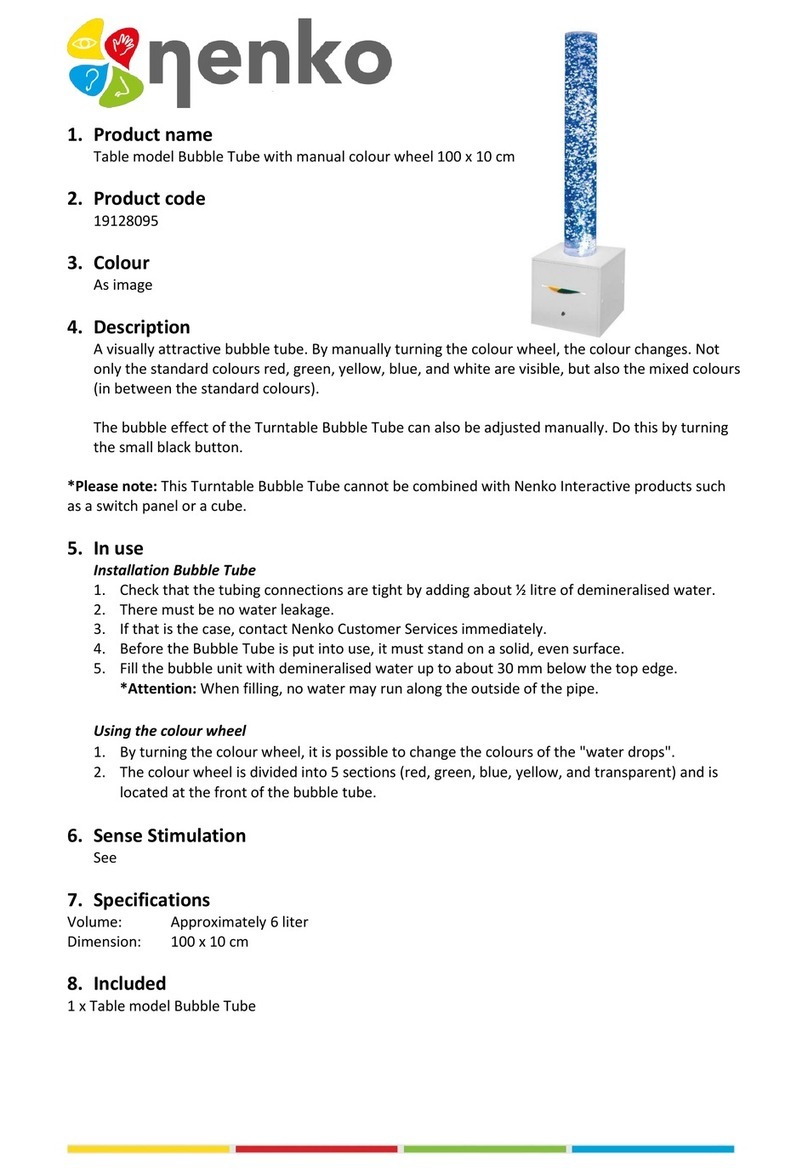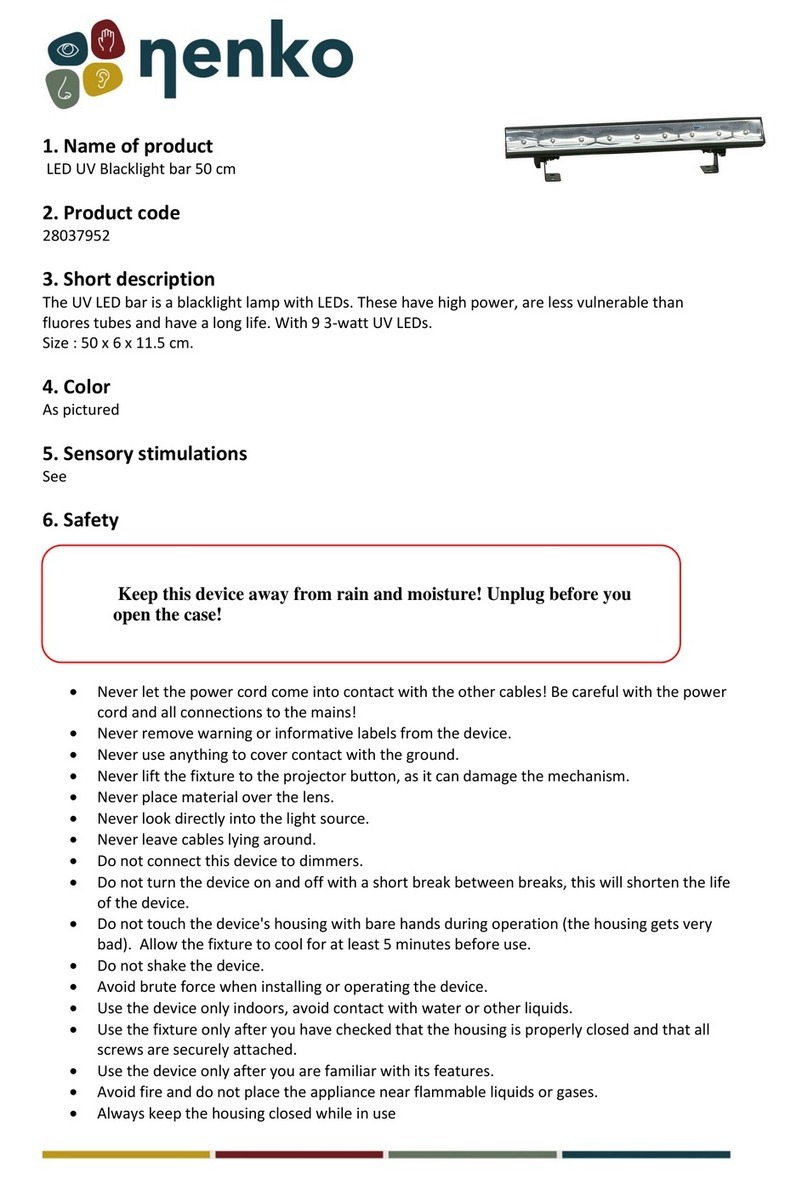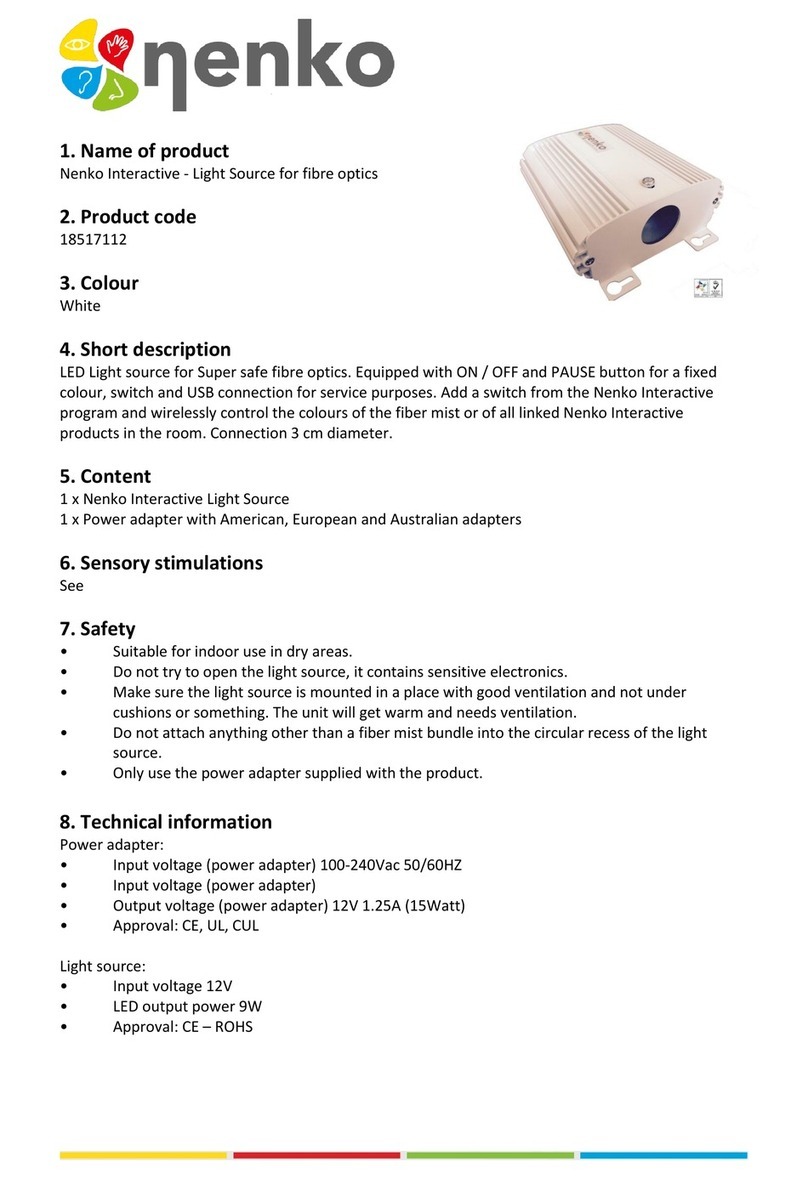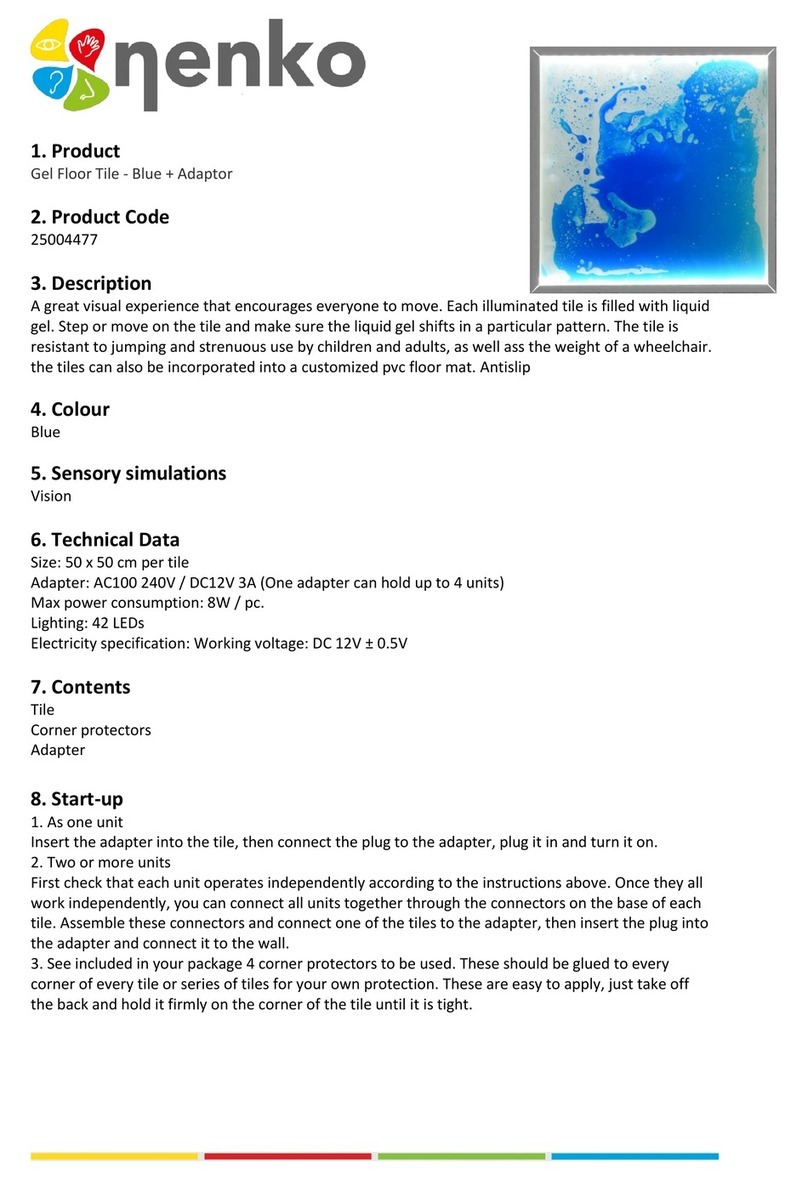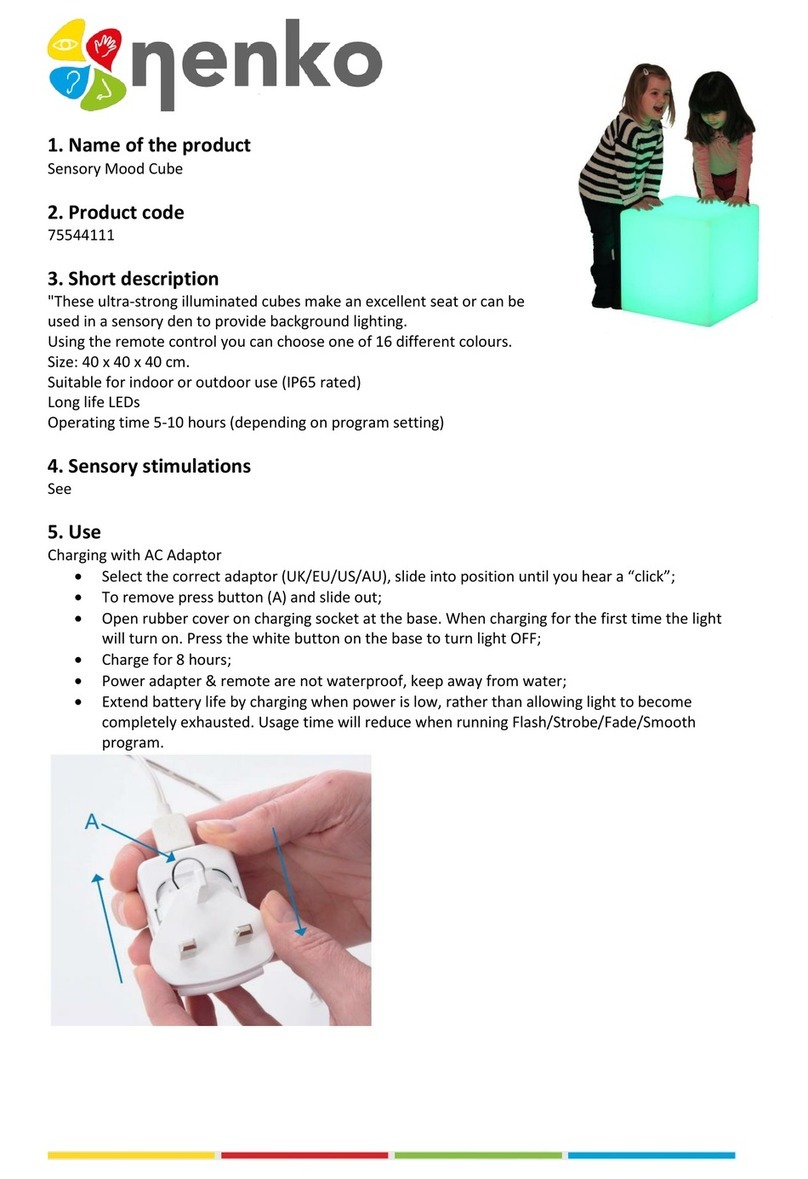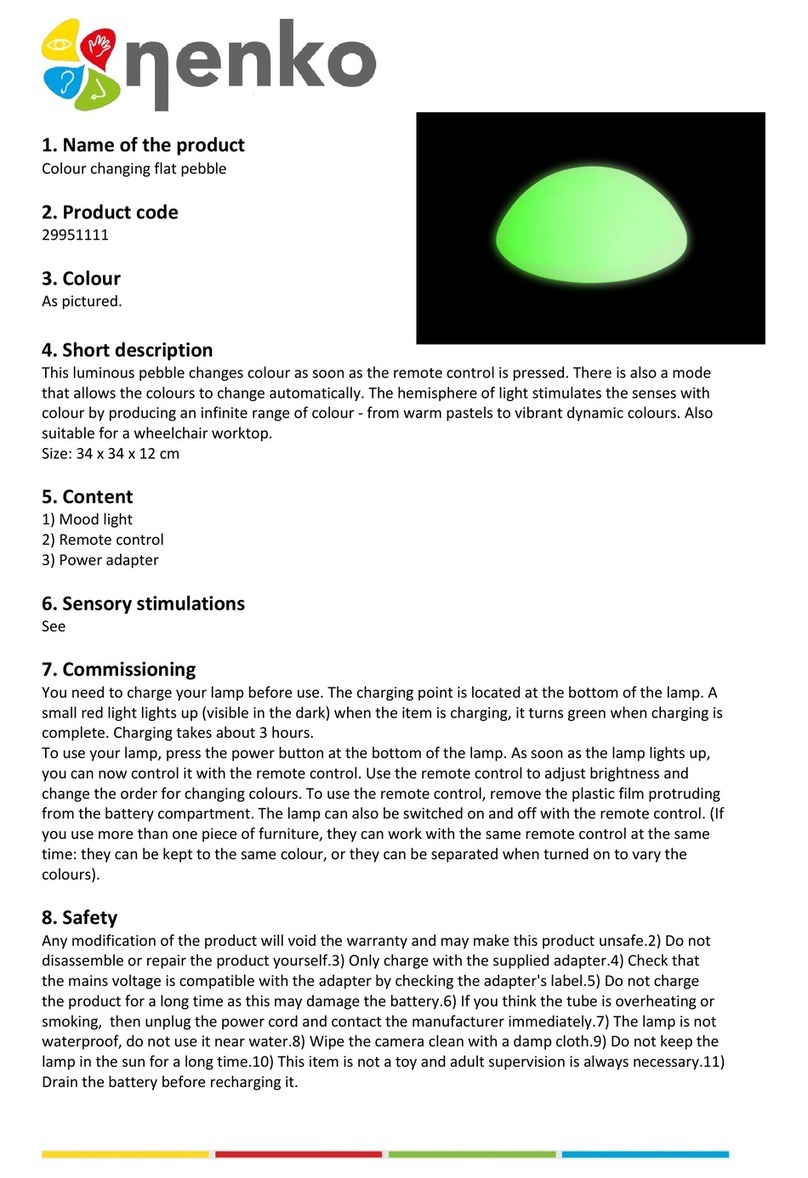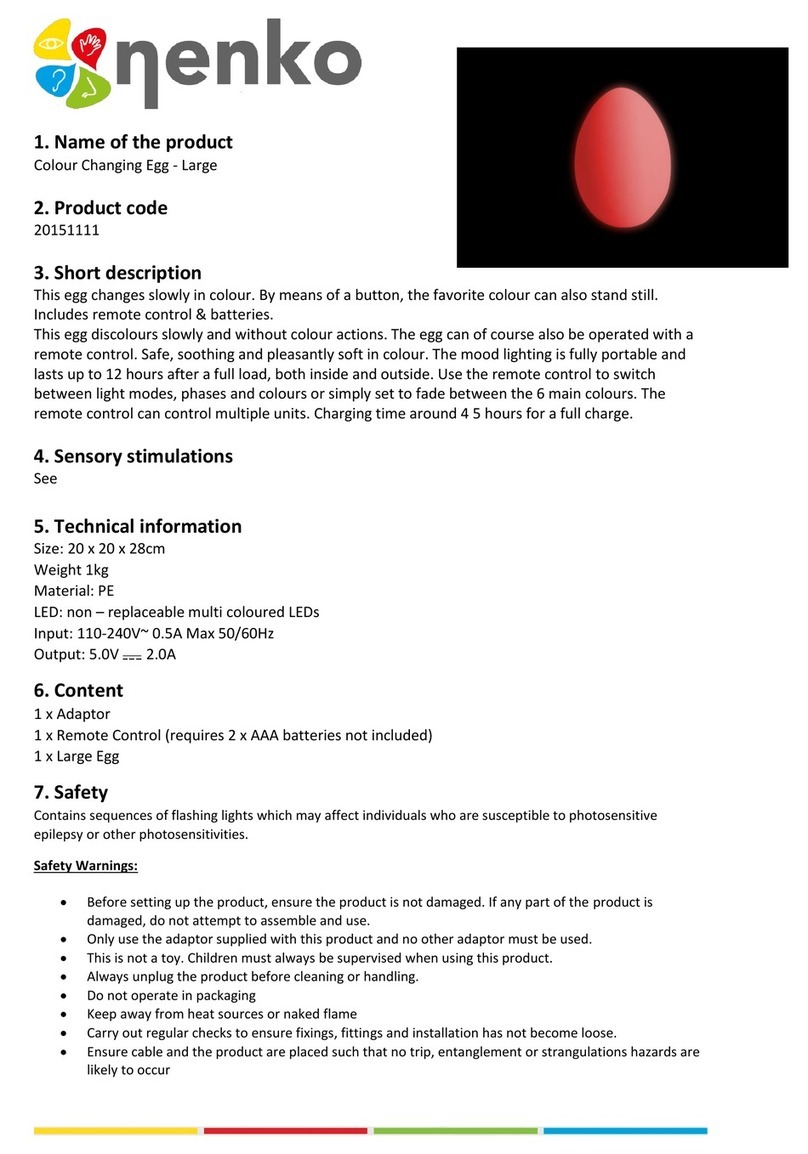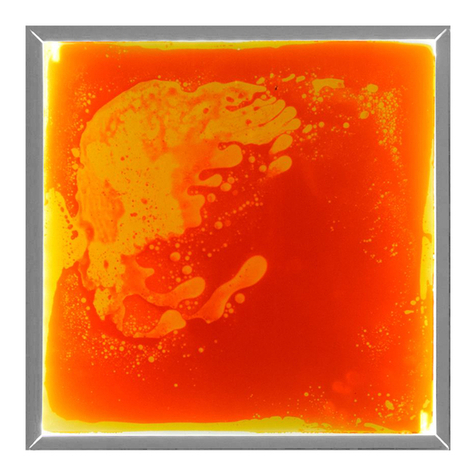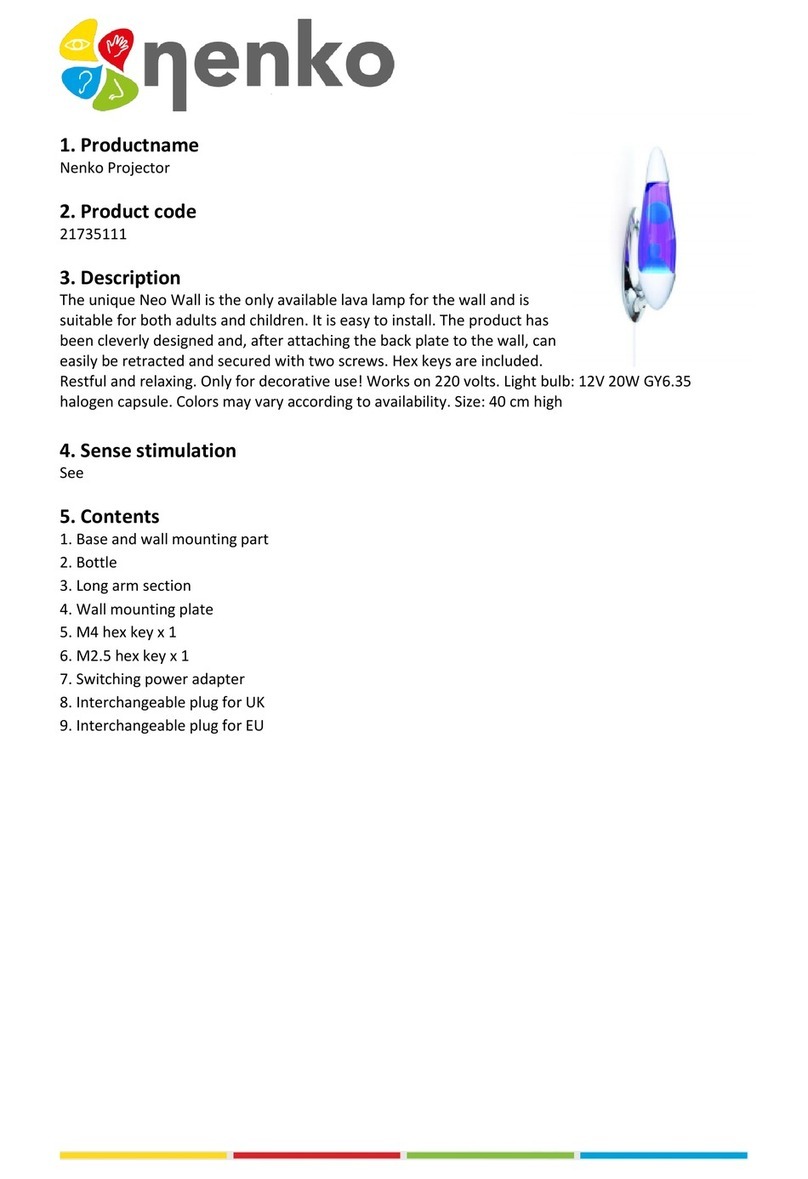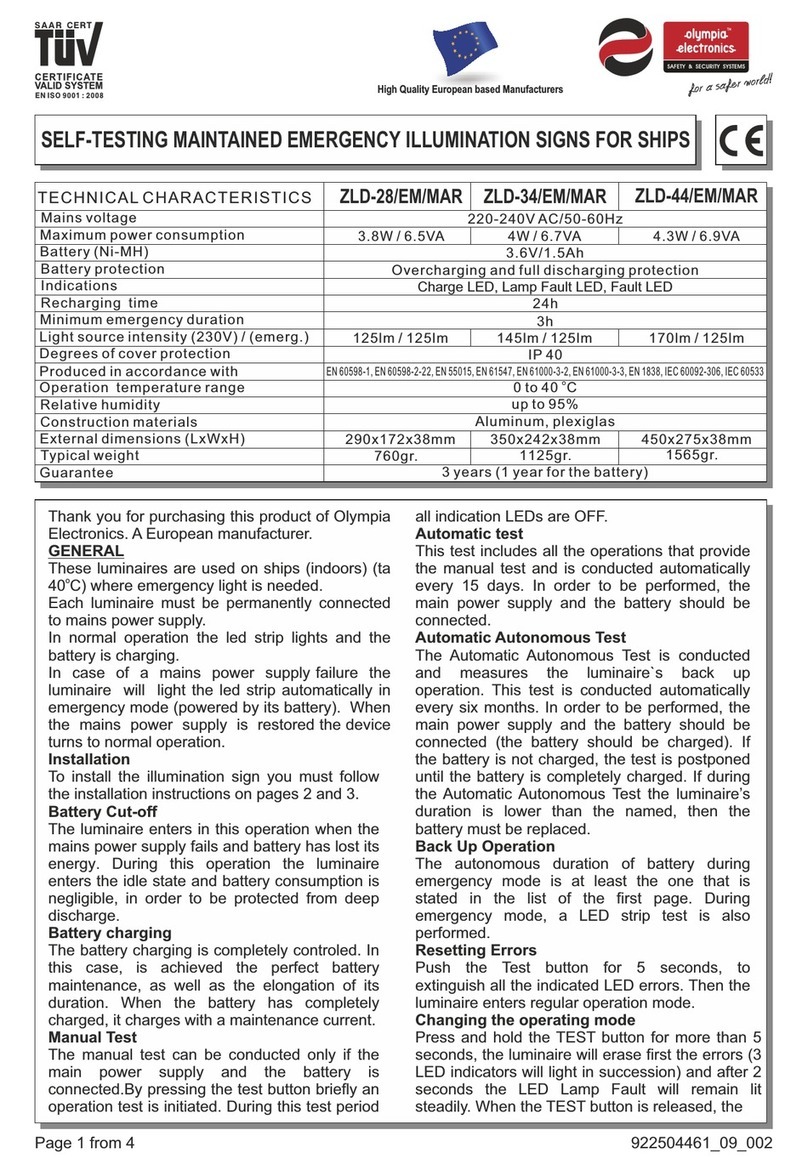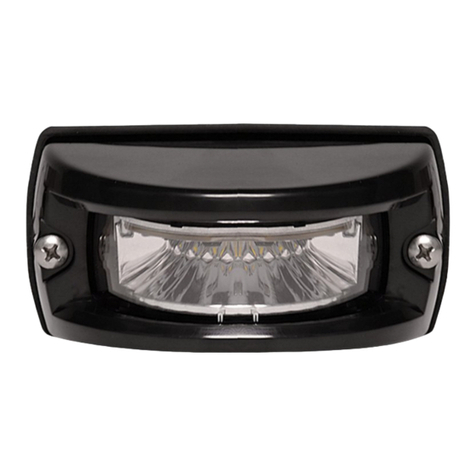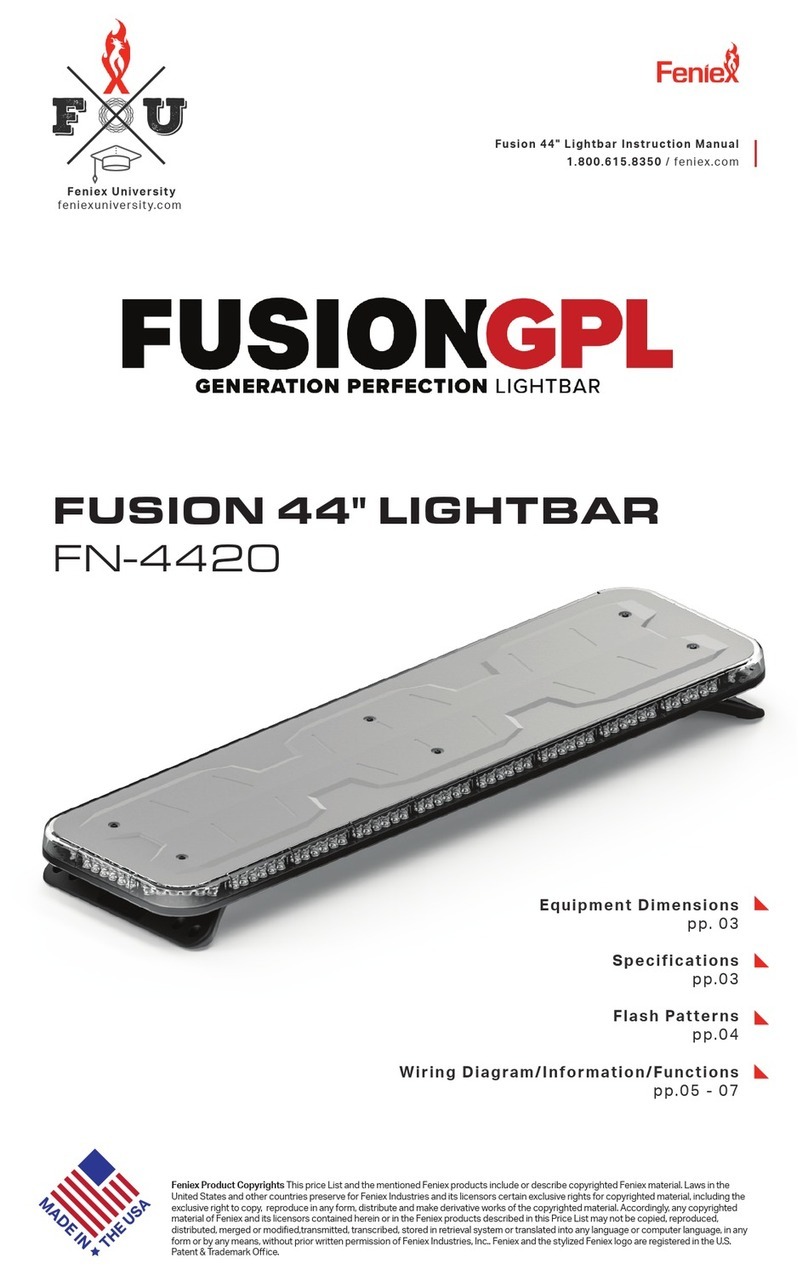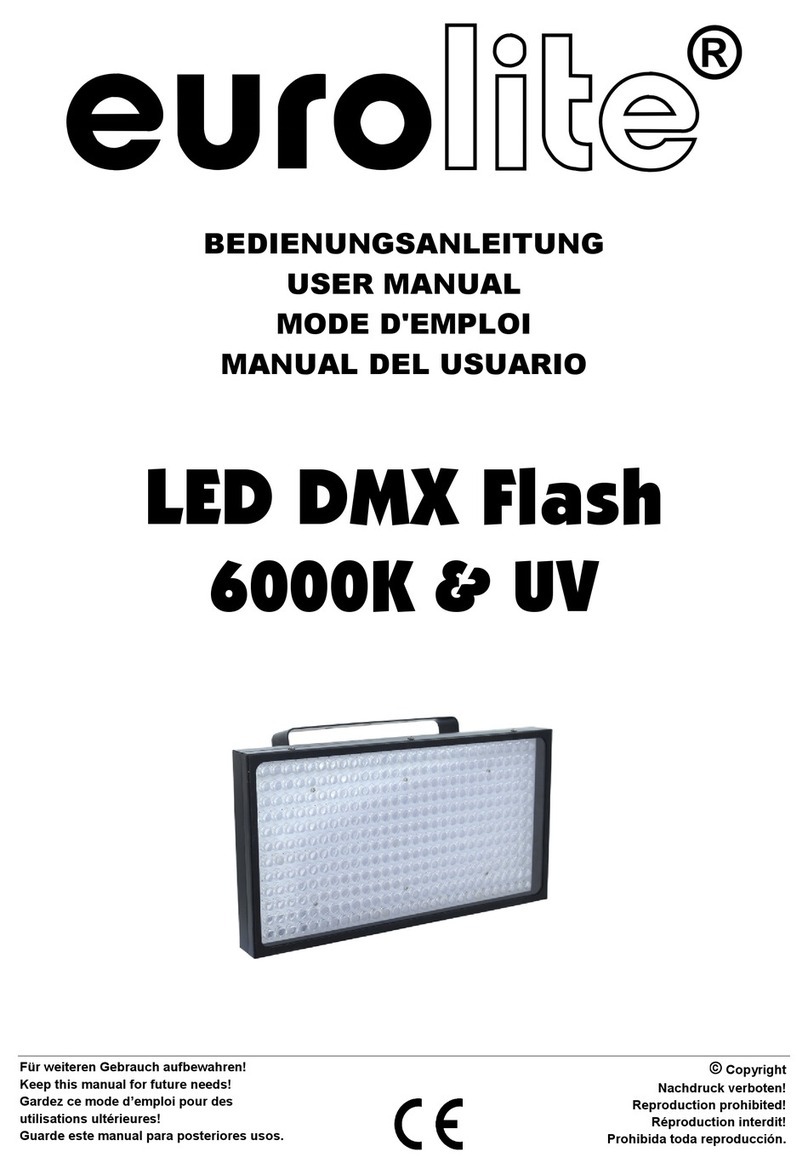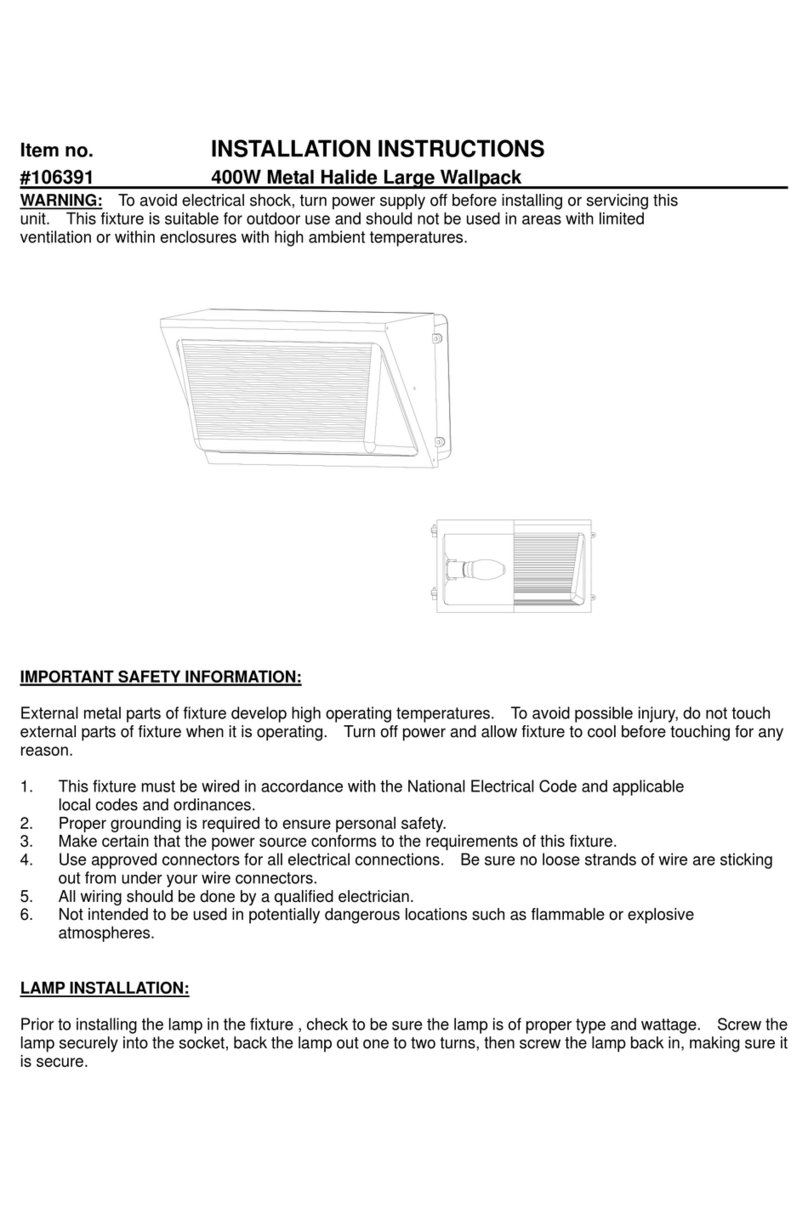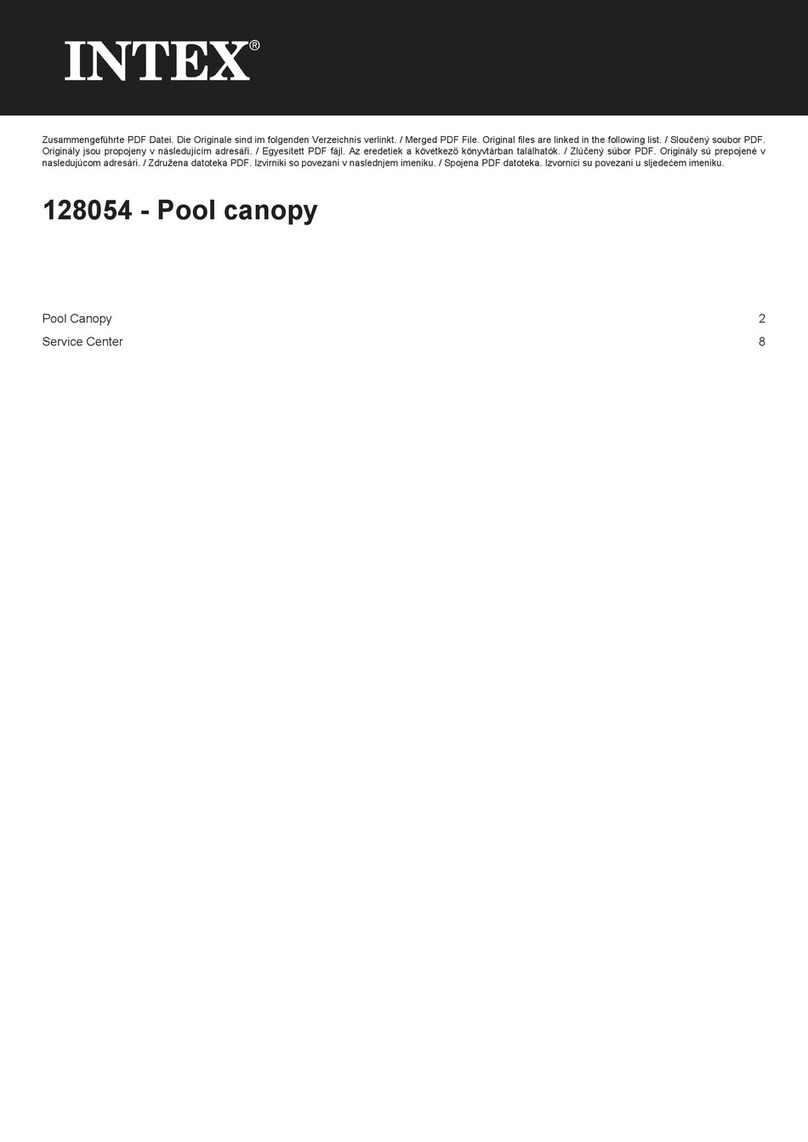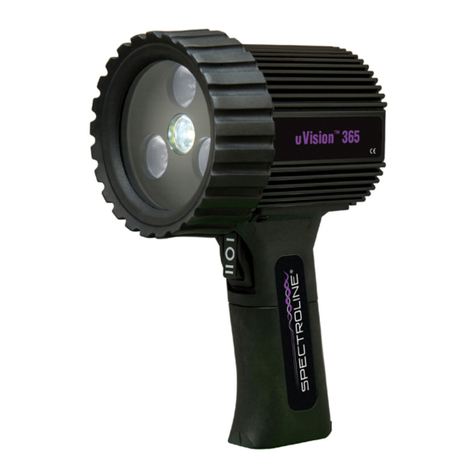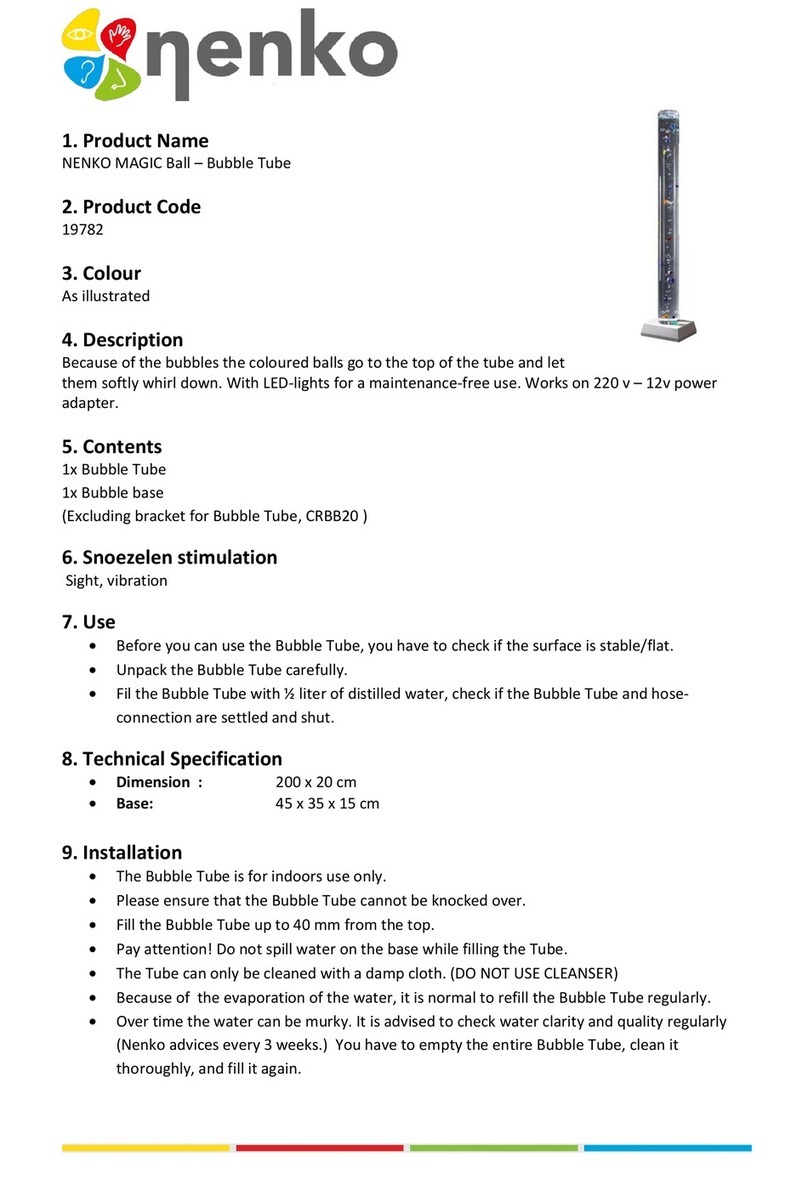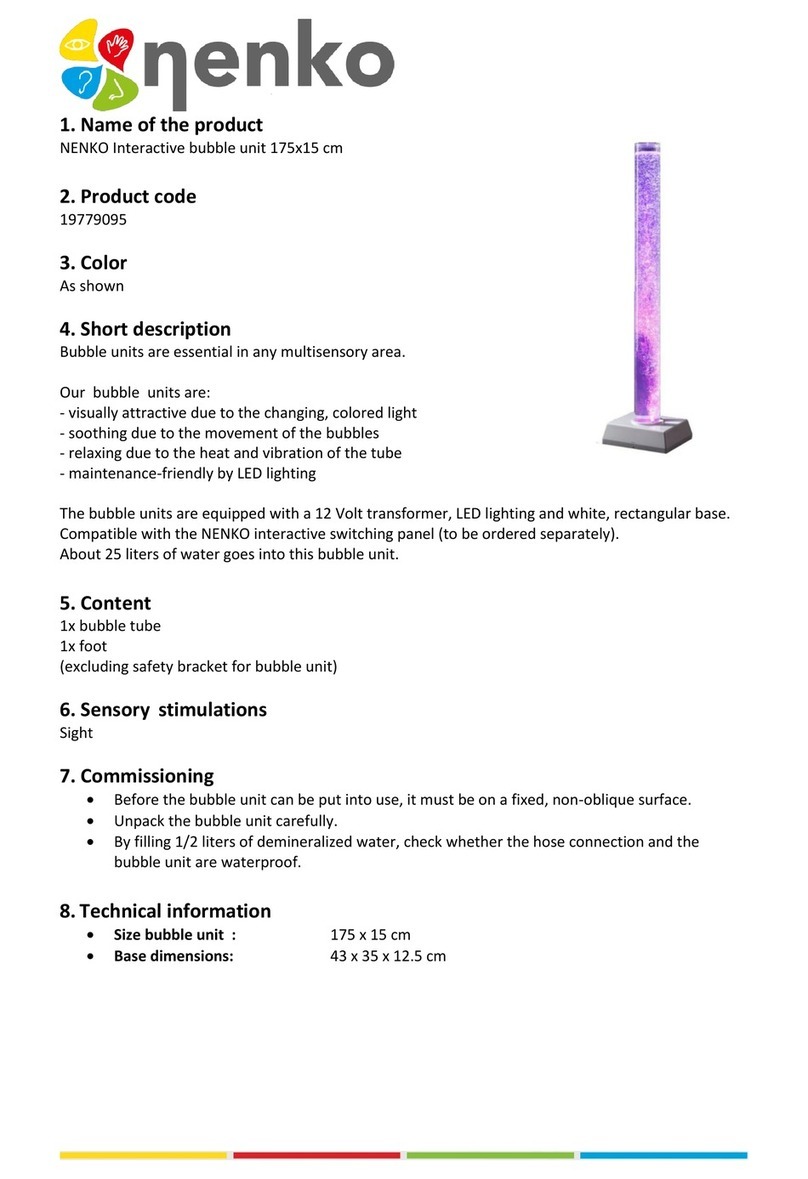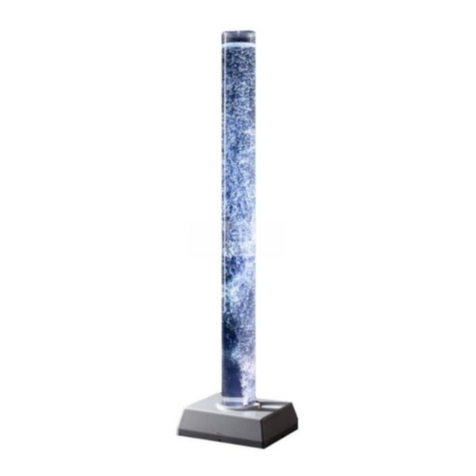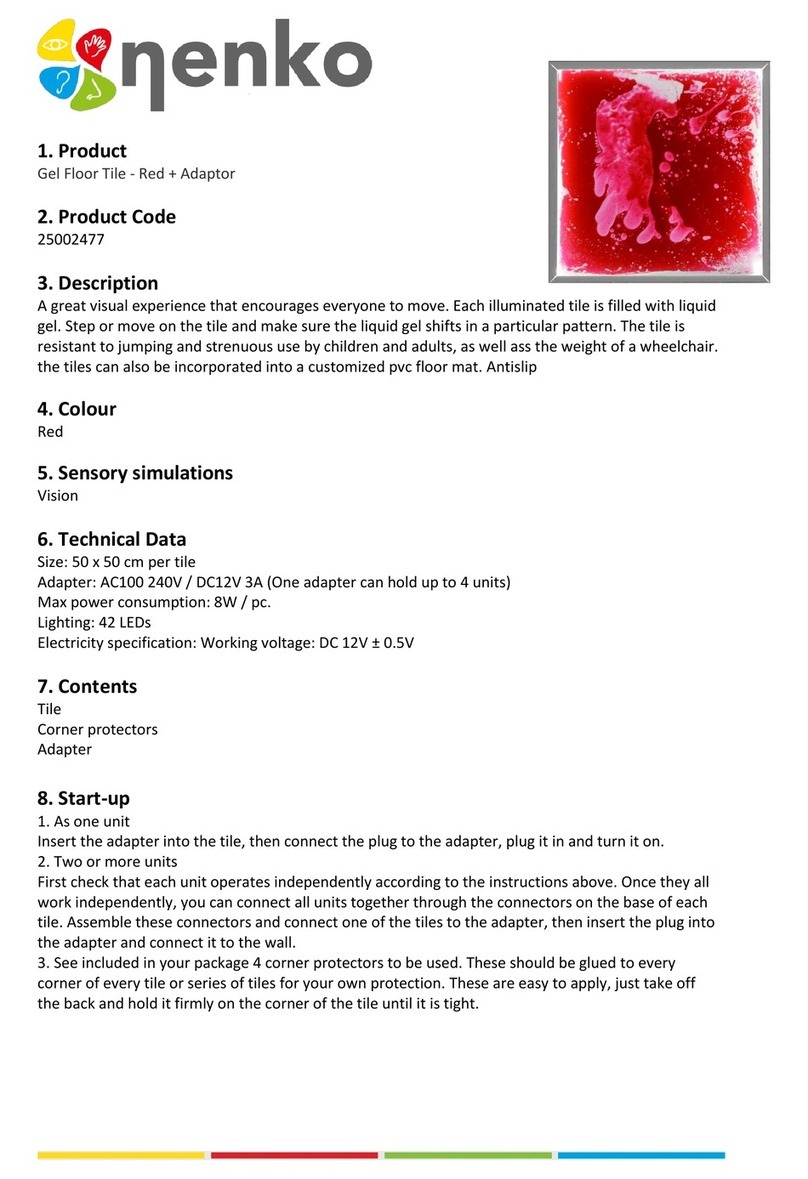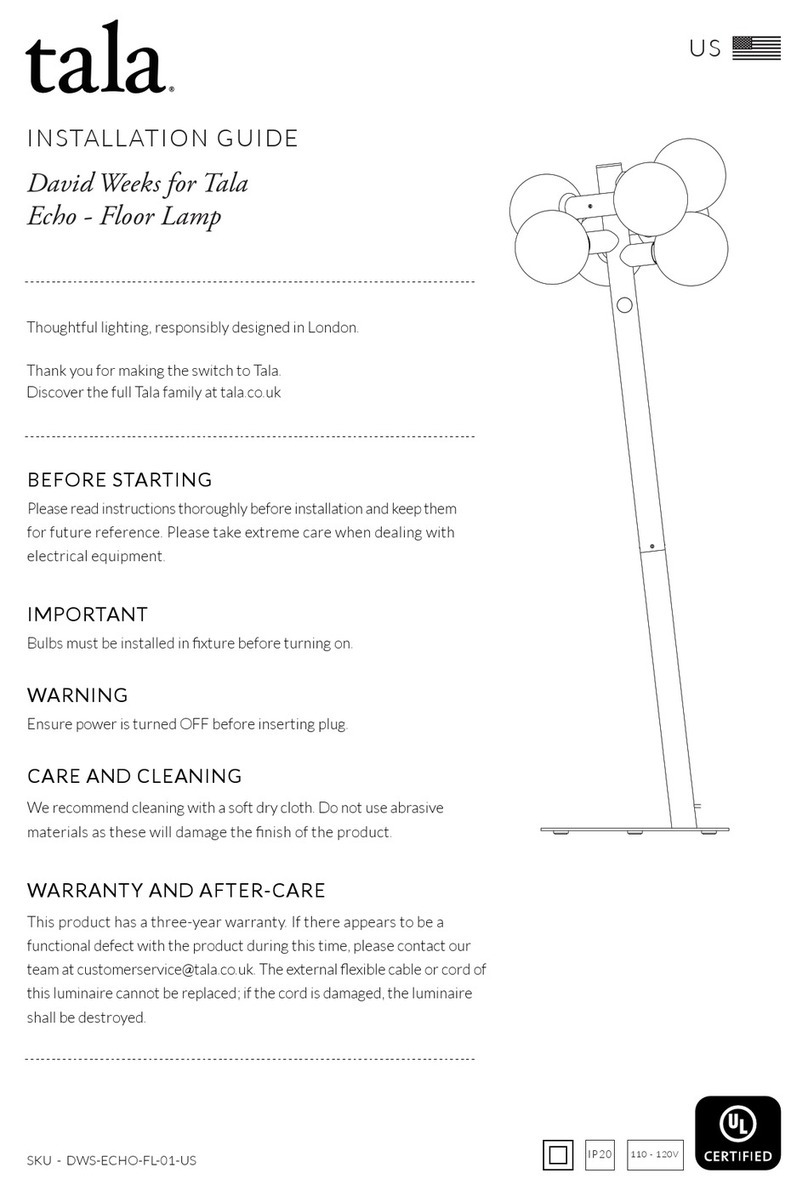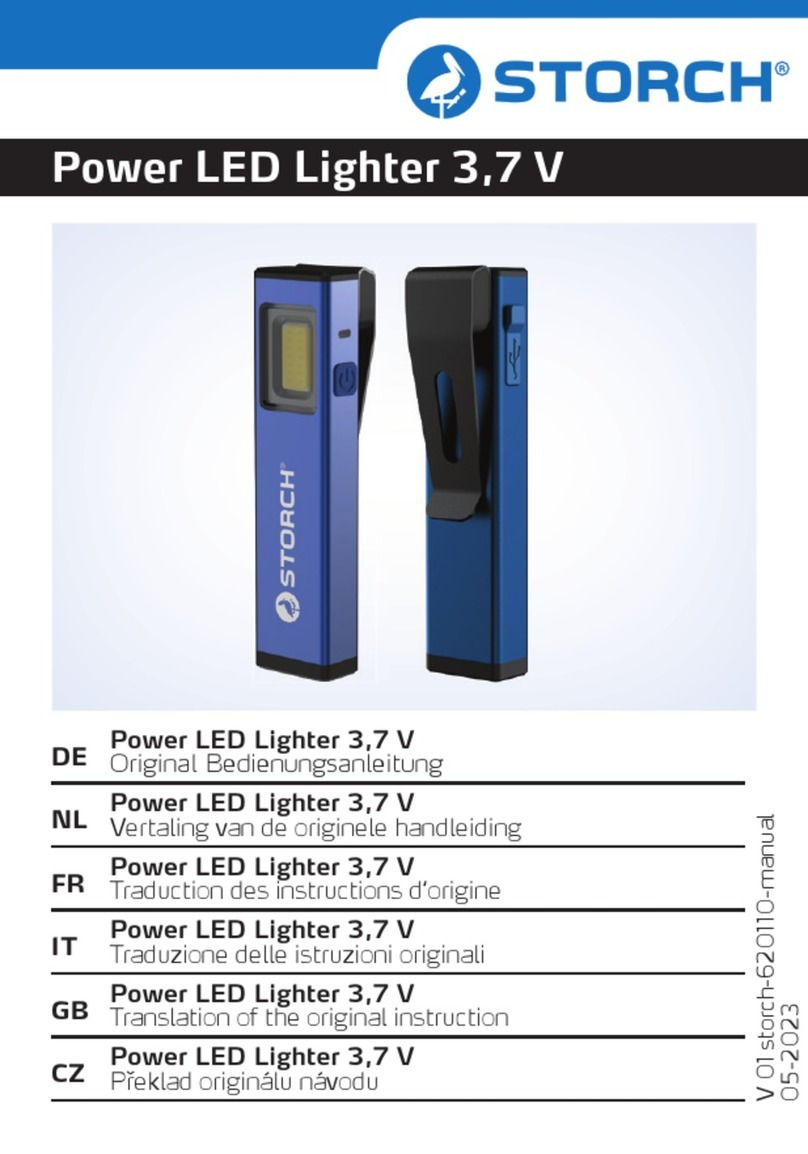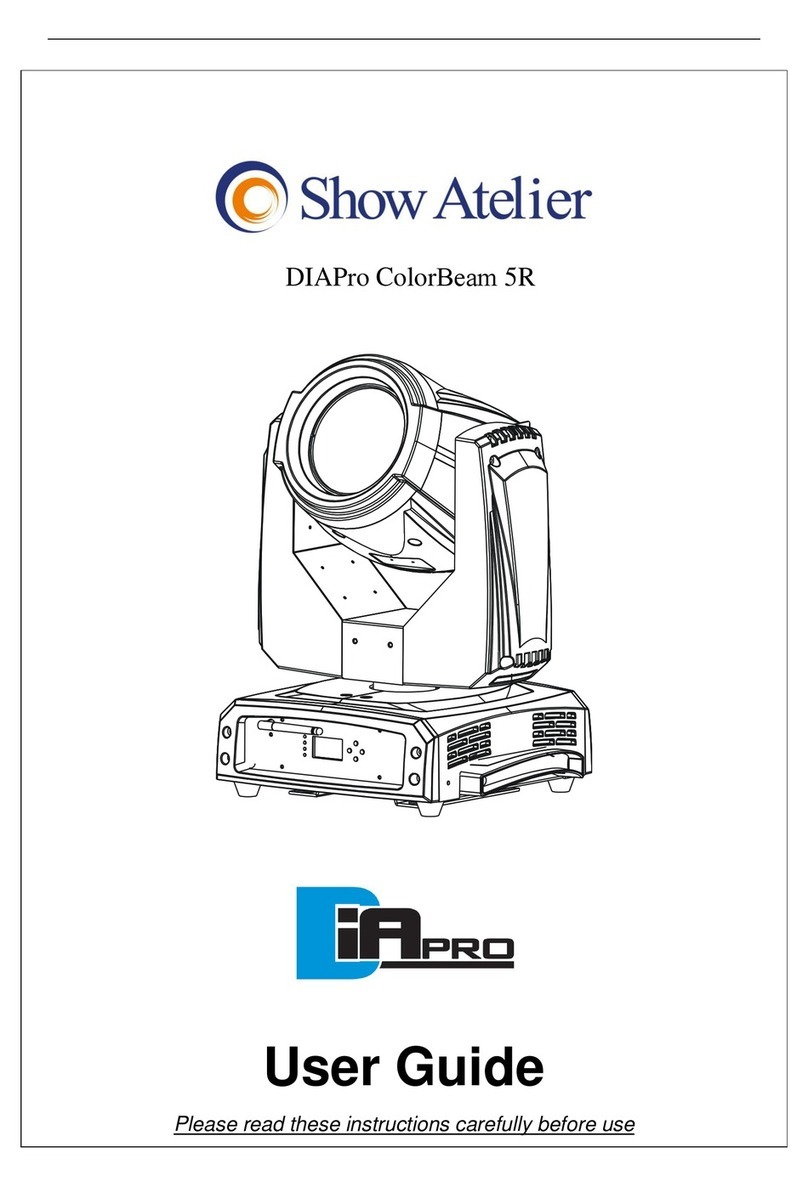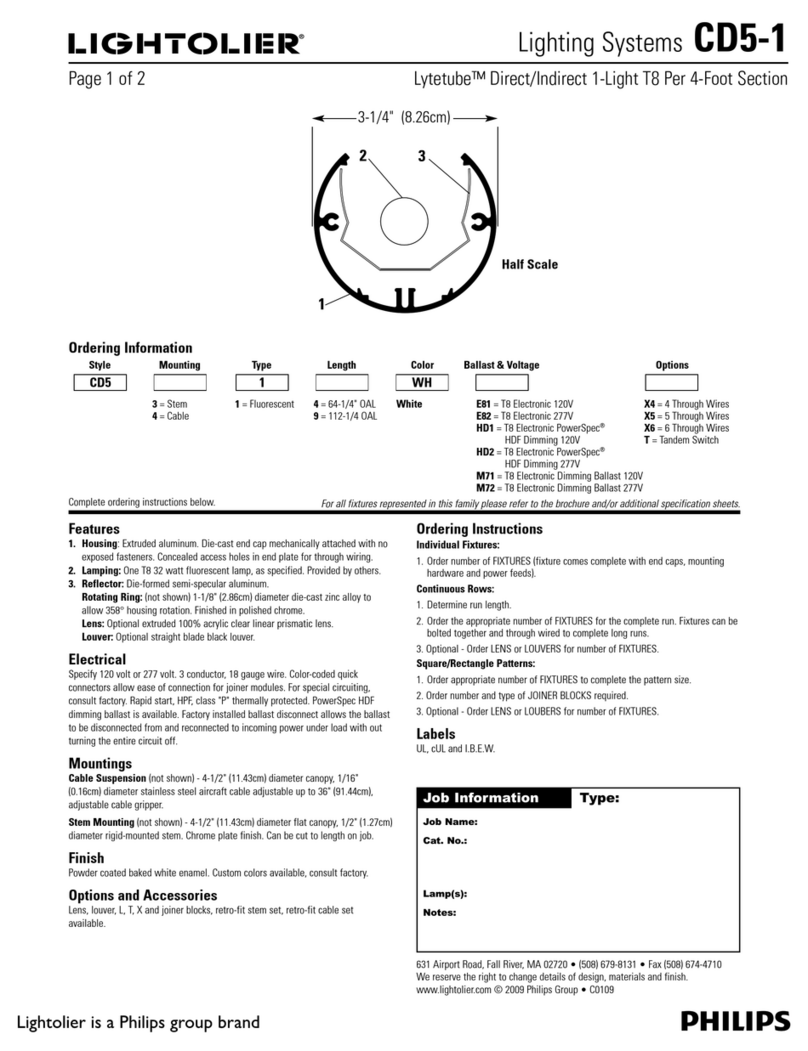Pr01 - Now use the “UP” and “DOWN” buttons to select the required colour. Press the “ENTER”
button to confirm the setting and use the “UP” and “DOWN” buttons to choose the flash speed
F500 ~ F599. Press the “ENTER” button to confirm the setting.
Pr02 ~ Pr20 - Now use the “UP” and “DOWN” buttons to select the running speed
SP01 ~ SPFL. Press the “ENTER” button to confirm the setting. Now use the “UP” and “DOWN”
buttons to select the flash speed F500 ~ F599. Press the “ENTER” button to confirm the setting.
Finally use the “UP” and “DOWN” buttons to select the fading time Fd00 ~ Fd99.
Press the “ENTER” button to confirm the setting.
Pr21 ~ Pr22 - Now use the “UP” and “DOWN” buttons to select the running speed
SP01 ~ SPFL. Press the “ENTER” button to confirm the setting. Now use the “UP” and “DOWN”
buttons to select the flash speed F500 ~ F599. Press the “ENTER” button to confirm the setting.
Use the “UP” and “DOWN” buttons to select the fading time Fd00 ~ Fd99. Press the “ENTER”
button to confirm the setting. To set the background colour use the “UP” and “DOWN” buttons to
select
between 1--r ~ 1OFF. Press the “ENTER” button to confirm the setting. Finally to set the chasing
colour use the “UP” and “DOWN” buttons to select between 2--r ~ 2OFF.
To exit out of any of the above options, press the “MENU” button.
DMX Setup
Setting the DMX address:
The DMX mode enables the use of a universal DMX controller. Each fixture requires a “start address”
from 1- 512. A fixture requiring one or more channels for control begins to read the data on the
channel indicated by the start address. For example, a fixture that occupies or uses 7 channels of DMX
and was addressed to start on DMX channel 100, would read data from channels: 100, 101, 102, 103,
104, 105 and 106. Choose a start address so that the channels used do not overlap. E.g. the next unit
inthe chain starts at 107.
DMX 512:
DMX (Digital Multiplex) is a universal protocol used as a form of communication between intelligent
fixtures and controllers. A DMX controller sends DMX data instructions form the controller to the
fixture. DMX data is sent as serial data that travels from fixture to fixture via the DATA “IN” and DATA
“OUT” XLR terminals located on all DMX fixtures (most controllers only have a data “out” terminal).
DMX linking:
DMX is a language allowing all makes and models of different manufactures to be linked together
and operate from a single controller, as long as all fixtures and the controller are DMX compliant.
To ensure proper DMX data transmission, when using several DMX fixtures try to use the shortest
cable path possible. The order in which fixtures are connected in a DMX line does not influence the
DMX addressing. For example; a fixture assigned to a DMX address of 1 may be placed anywhere in
a DMX line, at the beginning, at the end, or anywhere in the middle. When a fixture is assigned a
DMX address of 1, the DMX controller knows to send DATA assigned to address 1 to that unit,
no matter where it is located in the DMX chain.
DATA cable (DMX cable) requirements (for DMX operation):
This fixture can be controlled via DMX-512 protocol. The DMX address is set on the back of the unit.
Your unit requires either a standard 3-pin or 5-pin XLR connector for data input/output,
see images below.










